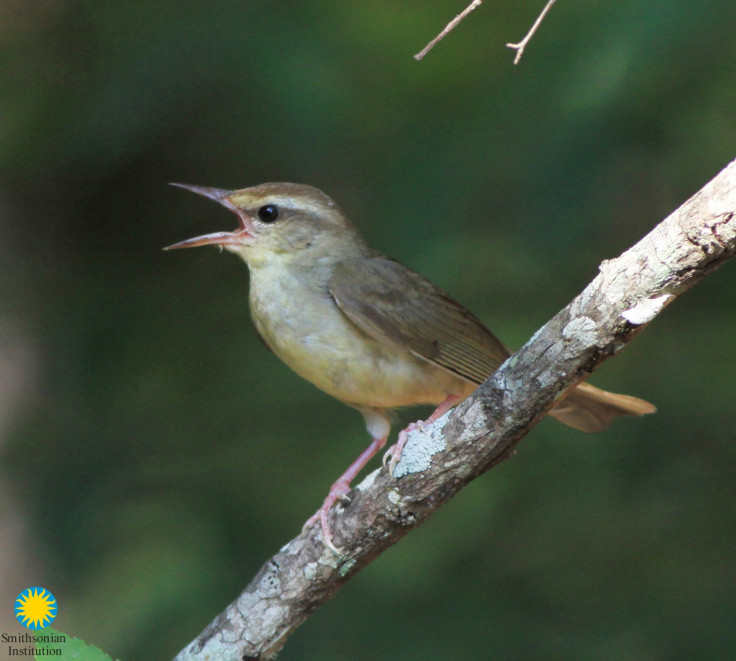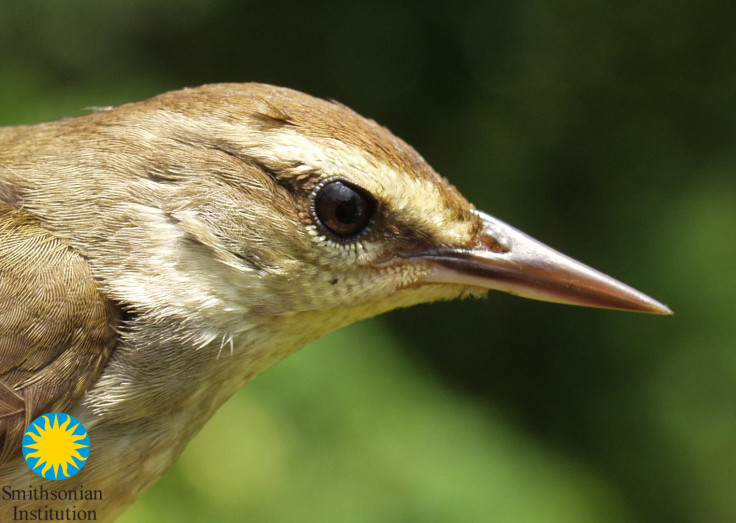Extremely Rare Songbird Swainson's Warbler Finds New Home in Pine Plantations

An extremely rare US songbird has been found living in a surprising new home, providing conservationists hope their numbers will recover.
The Swainson's warbler is one of the rarest and most secretive songbirds found in North America, with just 90,000 distributed across 15 US states. Experts believed there was little hope for the species, describing their habitat as a "biological desert".
Published in Bird Conservation International, researchers at the Smithsonian National Museum have now found populations of the bird are increasing in pine plantations from eastern Texas to southern Virginia.

If current trends continue, researchers believe forests managed by pine plantations will be able to support most of the Swainson's warbler breeding populations by 2100, making it one of the biggest conservation success stories.
Researchers used playbacks of the distinctive warbler songs to detect the birds throughout the southeastern US.

Swainson's warbler is a small olive brown bird with yellow-white underparts, measuring about 5.5 inches long. They live in areas of densely vegetation, with moist soils and leave litter, and forage for food on the forest floor – they flip leaves over to feed on the insects found below.
Short rotation pine plantations offer a seven year habitable window for the species, after which the birds can move on to younger plantations nearby.
Smithsonian scientist Gary Graves said: "This is a prime example of how intensive management of forest lands for industrial purposes can have a direct impact on bird populations in a positive way."
© Copyright IBTimes 2025. All rights reserved.






















